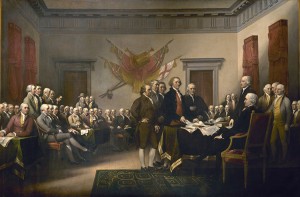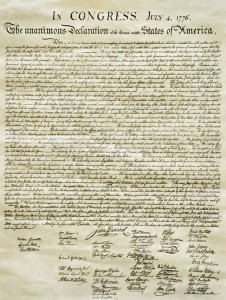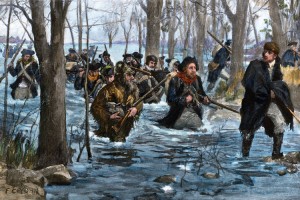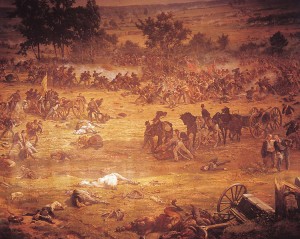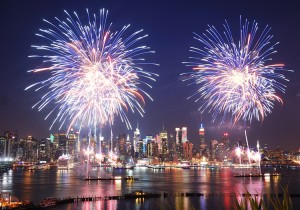Have a Safe and Happy Fourth of July!
Monday, July 3rd, 2023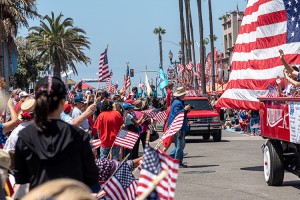
People gather at a Fourth of July parade in Huntington Beach, California, in 2019.
Credit: © Sal Augruso, Shutterstock
The Fourth of July is Independence Day in the United States. The day marks the nation’s birthday, July 4, 1776, when delegates to the Second Continental Congress, meeting in Philadelphia, adopted the Declaration of Independence.
The delegates represented the 13 British colonies, which had come to resent the ever-increasing taxes and restrictions that King George III sought to impose on them. In April 1775, British troops had clashed with colonial militia at Lexington and Concord, Massachusetts, in effect signaling the outbreak of the American Revolution.
The Declaration of Independence explained the reasons for the colonists’ rejection of British rule, detailed the ways in which the British government had violated American rights, and declared the freedom of the American colonies from Britain. Its stirring opening paragraphs stated that the people of every country have the right to change or overthrow any government that violates their essential rights. The ideas expressed so majestically in the Declaration have long inspired the pursuit of freedom and self-government throughout the world. The American Revolution ended in 1783 when Britain recognized the independence of the United States.
July 4 is traditionally a day of patriotism and celebration, including a full menu of picnics or cookouts and fireworks, with popular side dishes of baseball, fairs, parades, and parties. In early days, American Independence Days were occasions for shows, games, military music, and fireworks. Today, most cities and states forbid the sale of fireworks, though many have large public fireworks displays organized by professionals. Many public officials are advising against setting off fireworks as the north grapples with Canadian wildfire smoke and the south faces intense heat waves.
The Fourth of July isn’t just a day for celebration, however. It’s also a good time to reflect on the promise of freedom outlined in the Declaration of Independence and to think about how various groups are still struggling to achieve that freedom.


